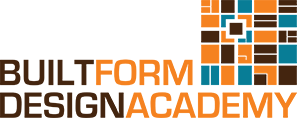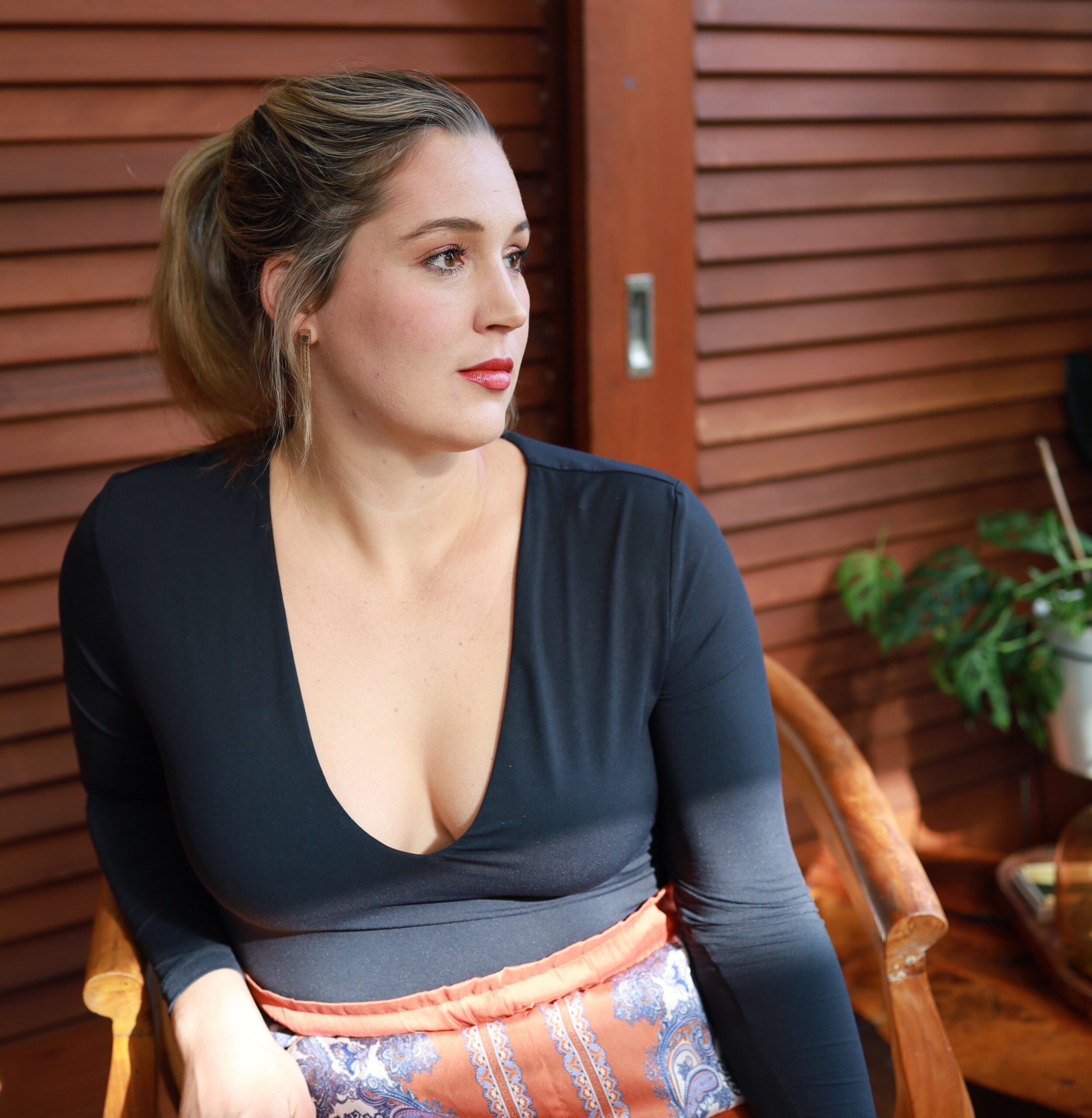TS: Can I ask you why you applied for RPL?
JM: I did TAFE years ago, I think it was 2016. And I was only halfway through. And I got a job as a cadet, a design cadet with a local company in Brisbane. And once I got that job, I actually stopped studying because I didn’t see the need. It’s sort of like I studied to get the job.
And then once I got the job, I didn’t really need to keep studying. And what I was finding is that at TAFE, you had a mix of people, there were, you know, like 17 year old kids who just come to school who didn’t really want to be there.
And then you’d have someone who was really serious, who was like re -careering. And it was a funny mix. And it was just arduous and slow. And what I actually found is when I started working on the job, I got thrown into this commercial design and construct company.
I learned so quickly, and I had to learn quickly. And I remember design managers saying, you know, we need you to design like a portal frame for a warehouse. Here’s the standard scope, like just take as long as you need.
Mind you, I’m on something like $60K a year, which is nothing for a full time job. So for me, it was cheap labour. I didn’t mind, right? But that’s fine. It’s like you’re being paid to learn.
And so I thought I don’t need to continue to study I just didn’t see the point. I never thought I was going to go out on my own.
And then five years later, I finished up with this job in February, it just got too much. The project that broke me was the wastewater treatment one (we discussed during RPL) actually.
For what I was getting paid it was so stressful. And I was working on it through COVID. I’d never seen the site and I had so much responsibility.
And so I moved up here from Brisbane to central Queensland, because my partner then went into insurance work up here, Building Work. I visited and I thought this is actually a much better life.
And this is a post COVID world. A world where, I think mobilization away or decentralization is more viable for a lot of people. And then I realized I don’t need to do the job that I was doing in Brisbane. And I had this thought, maybe I can go out on my own!
Now, for the next year or so, that’s fine because my partner and I, and my brother -in -law, are both builders, so, I could just be designing with them. But if I want to ever do my own work with someone from the public, I have to be licensed under QBCC.
So I looked up the rules this year. And it said that if I want to use the existing units I’ve done and use that to be recognized, I just need the ones I was missing to be recognized by an RTO provider.
And that’s why I contacted you.
What I also read later on is that we probably could have done a mix of the new and the old. I’m not sure. It was actually up to the discretion of the RTO.
But I think it’s a harder process. So this, this is why we have rushed to finish this specific course.
And all I have to do now is go to QBCC with my units ticked off by an RTO provider and my existing units from TAFE.
And I just need to get references. And after that, I think, it’s a pretty simple process.
TS: Awesome. And so how did you find the RPL process with us?
JM: Yeah, easy. It’s because my partners did the Building PRL through another provider. And he’s really struggling. Like he’s spending hours to prove things.
TS: You only had two units. If you came to me with 17 units it would have been a different story.
JM: Absolutely. But his even just two of his units. So I’ve just noticed that he’s had to prove a lot more. But maybe that’s because building is like, how do you prove it?
TS: Exactly. I mean, I think with our units, you can tell a lot via the submitted drawing sets. The biggest thing for us is making sure that it’s you that produced the drawings. That’s why we use the references and do the interview.
Also, with our courses the evidence is very similar to what our students provide us in our course. So the relationships, between RPL and course work really is very similar. Whereas I guess in building works how do you prove you can do the work.
JM: So that does make sense, But I was pleasantly surprised.
I really like that we were able to start with existing work I’d done, which means that I (revisited) the projects. So with the RPL interview, I could talk to you about the projects easily. And then what suited me is to work out the gaps. So, when you said, look, how about you do some reports in this area, rather than just saying, here’s the list entirely of everything you have to find everything I needed. Yeah. That worked really well for me. I think it was very fast and effective. I understand that for RPL, you are looking at people who have got industry experience.
TS: In RPL it’s not about teaching applicants. It’s just about making sure that they don’t have gaps in the knowledge required.
JM: Yeah, exactly. It makes it very approachable for someone who is in my situation.
TS: So now you can basically apply for your license.
JM: Yeah. So next year, hopefully, I’ll send you a picture with my certificate.
TS: I’ll hold you to that and so how is that going to change how you operate? what will that mean for you?
JM: More cash flow. So my career progression with my partner is we’re going to have a development company. He loves building. I love designing. And together, that’s really good.
We have two blocks we’ve already bought. And the idea is we build and rent them or build and sell them. So most of the design work, like my design work is going to be in -house. but what we’ll also need is cashflow on the side.
We’ll do some building work on the side and I’ll do some design work on the side. And now what it means is not only do I have just a pool of builders to work for I will be able to work for anybody.
And you know, it’s just how I live. And there’s I think there’s 9 ,000 people in the CBD area, which is not a lot. It’s a lot of word of mouth. And I’ve had so many people ask me, because they know the quality of work I do, they’re like, can you do my house?
And, I’m like, I can’t.
TS: Well, that’s going to change.
JM: At the moment even if someone just needs a deck drafted. I’m like, I can’t, unless your builder is willing to put his stamp on it. So yeah, for me, it really opens my opportunity up.
It also means that I can get Public Indemnity insurance through the Builders Association of Queensland, at a lower price. So once I get licensed, I get all the corollary benefits that I get with being part of that Building Design Association.
And I think there’s changes coming up for us because I’ve gone to my BDQ branch meeting so I’m technically a student member there. That’s how I’m able to be part of the environment because they all know that I’m on this journey so they’re just like well, we’ll put you in as a student member for now so you’re not missing out on professional exposure which is great and they’re saying that the QBCC and BDQ wants to crack down on unlicensed drafters so kind of what I’m doing but it’s different because I’m a bit different there is a lot of drafters who are not getting qualified correctly and they are, for example, doing a service just directly for a builder but if the builder’s also not really good it can be quite dangerous so absolutely I think it’s a good time to become licensed because the future looks like it’s going to hold more stringent checks.
It was great being able to help Jaie through this important milestone of her career, and give her the ability to now achieve her goal of running her own business.


